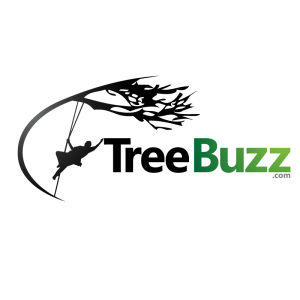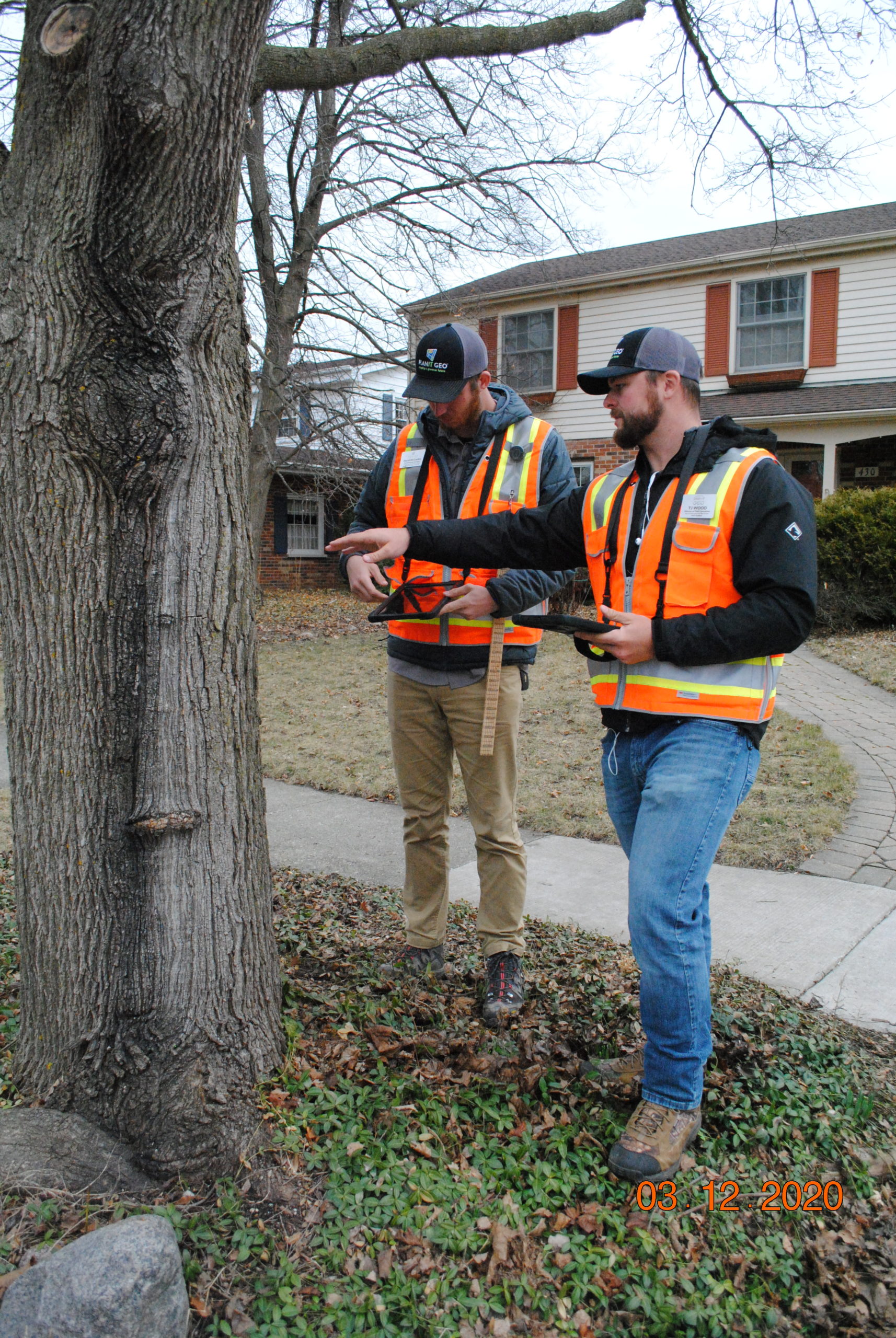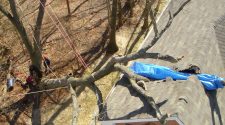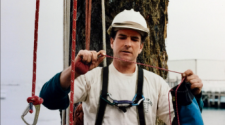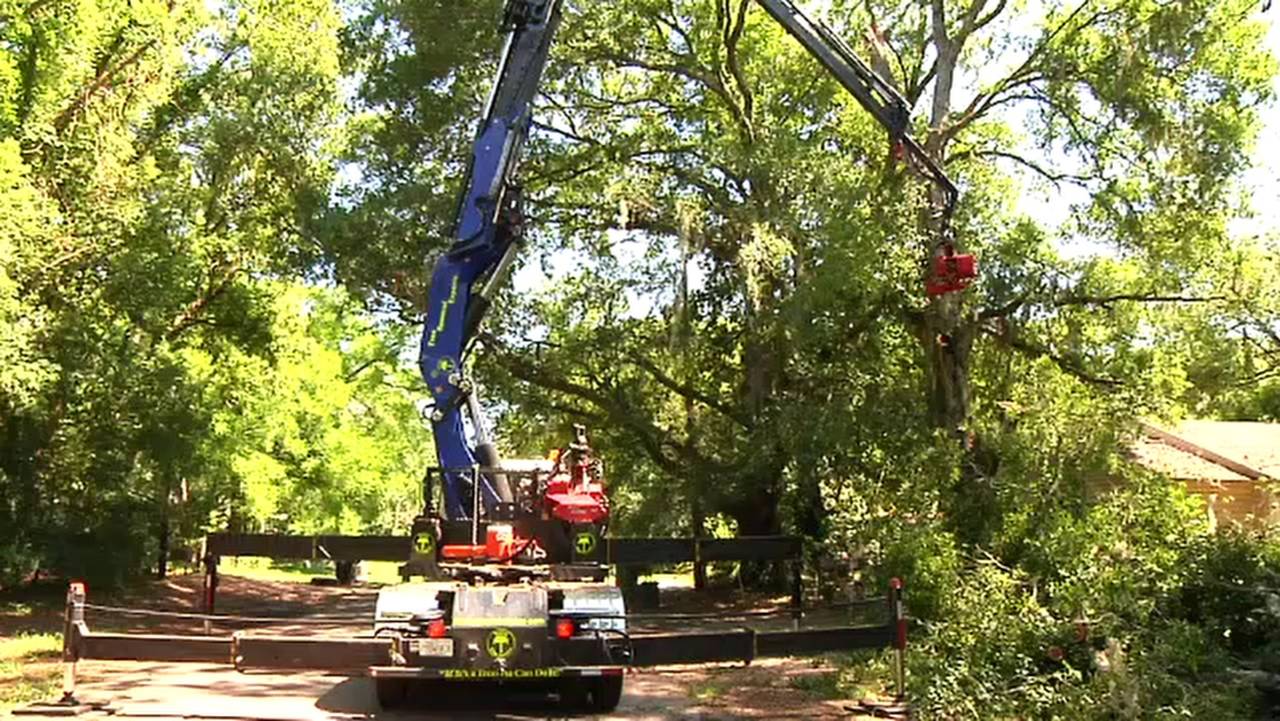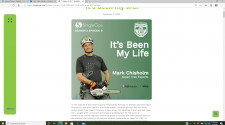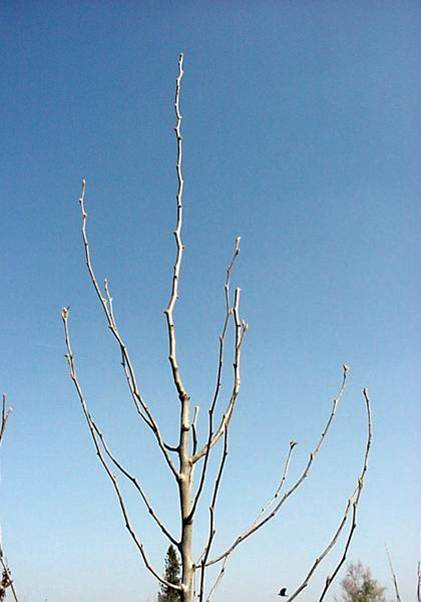Author:
Alec Sabatini
One of the best opportunities to differentiate your tree care company to potential clients is with a strong proposal. This small window of time with a client is where your company’s value and expertise can rise above the competition. This is where the advantage of map-based software really shines.
Map-based software offers a way for your company to back up recommendations with visual data that makes it easy for clients to picture the proposed work and see the reasoning behind it. Instead of racing to offer the lowest price point, visually demonstrate the value of your company’s expertise and why you are the one best suited to meet your client’s tree care needs.
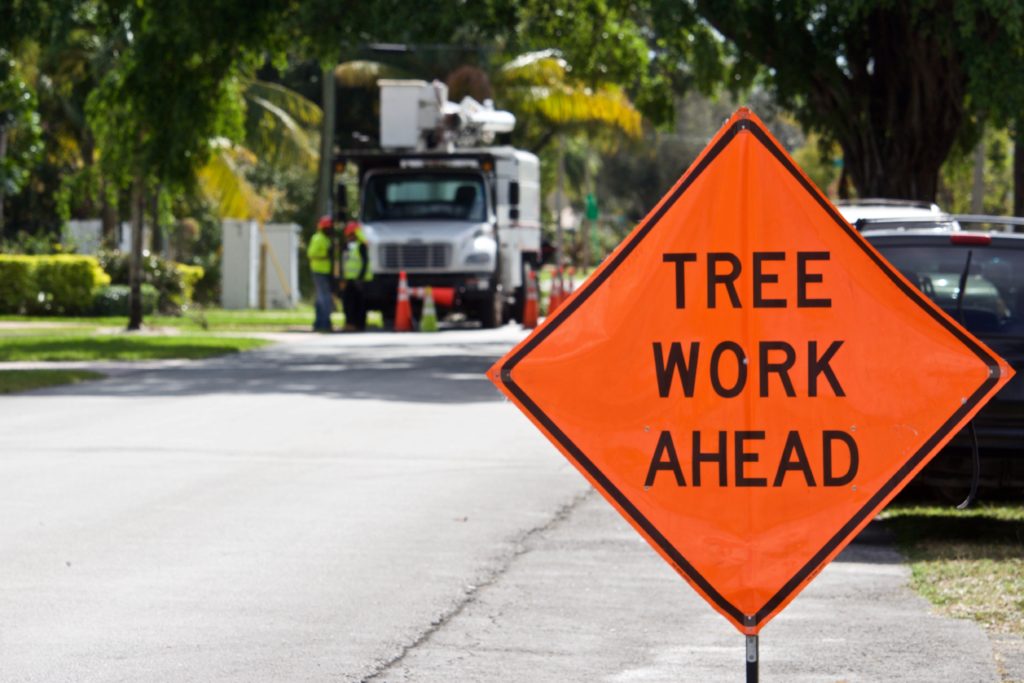
Customers Are Changing the Buying Process
Technology has permanently changed the way customers make decisions. They are accustomed to visualizing their purchases in an online environment.They are more sophisticated in sourcing and evaluating proposals and they like to be able to review proposals when and where they want.
Using a map-based software process not only shortens the time between field assessment and proposal submission, it offers your recommendations in a way that meets customers’ modern expectations for digital accessibility. For example, map-based proposals can facilitate ‘virtual walkthroughs’ of the property when in person meetings are not convenient.
For many clients, the visible metric of proper tree management is a simple one. Do their trees look healthy? Clients may not understand the full arboricultural value of your company’s recommendations but they can easily gauge the quality of service being provided. Prompt arrival, clear safety protocols, and clean uniforms all help your company’s appearance match the superior work being done. An engaging and accessible map-based proposal is another way to establish credibility with potential clients.
The Basics of Map-Based Software
It all starts with a geographic information system (GIS), which is a framework for connecting data points to a location on a map. These data points, often called features, can include attributes like species, size, condition, photos, work history and more. Geo-referenced data points are usually organized into layers and they help give locations a ‘real world’ context. Spatially cataloging tree attributes into layers can reveal deeper insights into the data, such as patterns and relationships that clients may have never considered and competitors might have missed.
Map-based software can also be cloud-based, meaning it operates and stores data through the internet. This allows all users to have real-time access to the data as soon as it is logged. For example, an estimator can complete a field assessment and then an office administrator can immediately transfer that data into a proposal format. It also facilitates the sharing of interactive maps through a simple web link sent to the customer.
Starting The Proposal Process
The start of the proposal process is always about understanding your customer’s needs. Asking open ended questions about ‘pains and desire for gains’ helps you better understand the customer’s problems and what solutions you can offer.
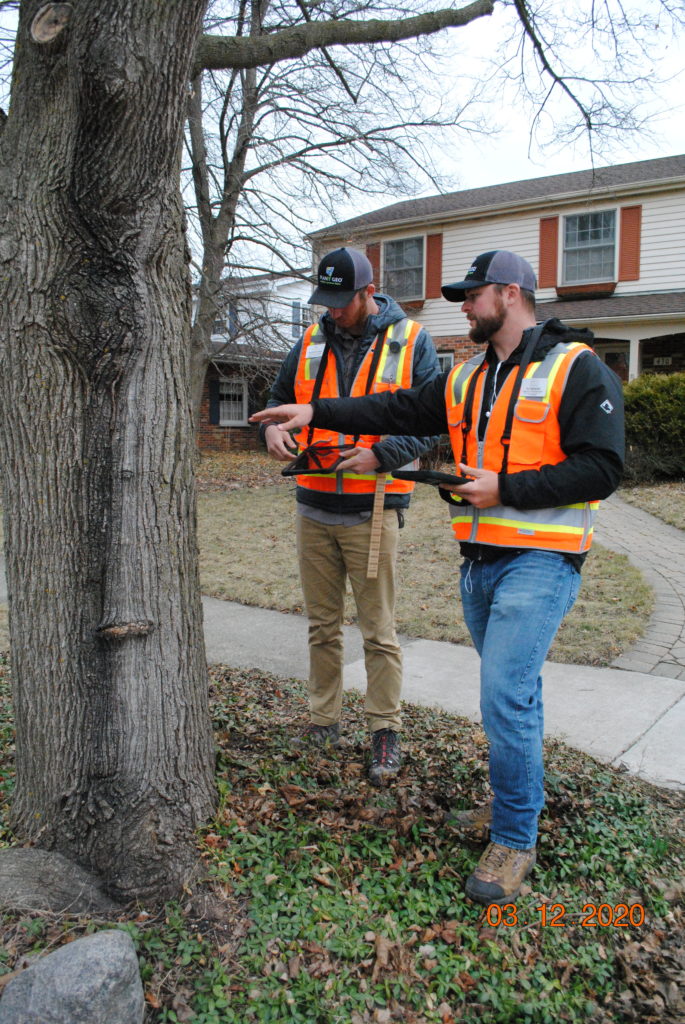
The next step is the site assessment, where each tree is inspected and the maintenance needs are defined using both the customer’s goals and your own arboricultural knowledge of health, structure and risk. Collecting this information and referencing it to mapped locations of trees sets the stage for the story you will tell in your proposal.
Collecting additional attributes, such as signs of disease, structural defects and photos, will explain the reasoning behind your maintenance recommendations. It is also a valuable record keeping practice so that future estimators can use that data to stay informed on previously identified problems and track their persistence. For example, a new driveway is installed in the vicinity of a tree and this new development is noted in the software. When soil compaction starts to kill the tree
five years later there is a historical record to trace back the true origin of the problem.
A Collaborative Approach
Data visualized in a map setting tells a more powerful story. Trees can be color-coded by any attribute, the basemap can be selected from a variety of imagery, and the maps you create can be shared with clients via URL. This allows the client to engage with your proposal, zoom in, and click for more detailed information. .
This often facilitates a conversation about what you as an expert arborist have assessed as priorities (tree health, hazards, etc), and what the customer views as a priority. We often hear statements from the customer like “I see that you are recommending pruning the high risk trees in the back parking lot. I want to also focus on this particular area in the front, as it is the first impression for residents entering the property, and it should look the best.”
This type of feedback is an opportunity to now adjust your proposal to highlight the customer’s shared priorities. Proposal maps can quickly be updated to reflect these changes by setting priority zones or altering tree color coding. Property managers often have more work than they can handle. When you can offer a comprehensive but clear proposal that showcases just how their needs will be met, it makes their job easier, and they look like a rock star to their clients. This builds valuable rapport and trust toward securing present and future work.
Operationally, reviewing the proposed work visually can help the customer identify potential work zone conflicts. You can save valuable production time when you better understand high traffic areas, parked car conflicts, or times when areas may be inaccessible.
Streamlining The Process
Map-based software lends itself to an easily repeatable process for field arborists and estimators to follow. You can scale this process by quickly training new estimators on how to efficiently assess trees, collect data on pre-made templates, and then transfer that information to pricing sheets and proposals.
This facilitates faster field assessments and therefore, faster delivery of proposals to the customer. Customers appreciate quick turnarounds, and you can rapidly grow your sales pipeline and gain more opportunities to win work.
A streamlined process helps your brand become synonymous with consistent and timely communication. Clear expert recommendations and high quality proposals can command higher prices and lead to higher gross margins. Customers see more value in a service provider when they better understand why recommendations are being made, and trust that you have their best interest in mind.
Why Me? It’s All About Differentiation
Map-based software makes it easy to demonstrate just how much better you can manage the customer’s properties vs your competition. Each maintenance recommendation and management strategy you propose can be backed with data and analytics the customer can see for themselves on your mapped proposal.
For example, you create a map that visualizes the trees color coded by condition and a pattern emerges that would have been hard to spot when just looking at a spreadsheet. A particular area of the property has a higher concentration of fair and poor condition trees (yellow and orange dots). This may indicate there is poor soil or ineffective irrigation in this area. Diagnosing and solving this problem will be going above and beyond your competition, who just recommended pruning and removals of the poor condition trees.
Effective Communication and Record Keeping
Tree jobs are typically project based, meaning you visit the property during a specified period during the year with a specified scope of work. Great project management hinges on great communication.
You can show your prospective customer how to create a login to view tree maps, and then send them daily or weekly interactive maps highlighting which trees you will be working on next. This makes it easier for the customer to help prepare the work areas, or catch upcoming conflicts and notify you of the need to alter schedules. Maps can also be made publicly accessible, allowing municipal clients a new avenue for their constituents to engage with their community forest and better understand the work being done to maintain it.
You can also show your customer how good record keeping is critical in protecting against liability and negligence claims. By adding a work history record each time you treat or prune a tree, you are storing evidence that all trees are being properly maintained. This information will become essential in the event of litigation due to a tree failure as the customer can explicitly demonstrate there has been no negligence of tree maintenance.
Final Thoughts
The key to winning more business is to stand out from your competition. Your proposal is the best opportunity you have for differentiation. A proposal that tells a visually compelling story, that is structured around the customer’s expressed needs, that identifies patterns missed by competitors, and is easily accessed stands out. Start making high quality proposals with map-based software and start winning more work.
Author Blurb:
Alec is the content writer at PlanIT Geo™, a global urban forestry consulting and software development firm, and develops educational content at the intersection of trees and technology. PlanIT Geo’s TreePlotter™ software suite is used worldwide by private tree care companies, governments, and nonprofits for tree inventories and asset management. More information on strengthening job proposals with software is available here.
